Understanding the Domestic Violence Empowerment Model
When we talk about helping domestic violence survivors, it’s easy to think first about shelters, police reports, or court systems. And while those are important, they’re only part of the bigger picture. At La Casa de las Madres, we operate under the Empowerment Model, which shifts the focus: it’s all about giving survivors the power to reclaim their lives—in their own way and on their own terms.
So, what exactly is the Empowerment Model?
At its core, it’s a survivor-centered approach. That means we listen to what survivors need, not what we think they should do. Instead of telling someone to “just leave” or “press charges,” we ask: What do you want? What do you need right now? How can we support you to feel safe and in control again?
Here is how it works:
1. Safety First – Always
The first step is helping survivors feel physically and emotionally safe. That might mean creating a safety plan, finding an emergency shelter, or even having someone trustworthy to talk to. Safety looks different for everyone.
2. Respect and Choice
One of the most damaging things about abuse is how it strips people of their choices. The Empowerment Model gives that power back. It respects survivors' decisions, whether it’s therapy, legal action, or just having a break to breathe, and empowers them to take the steps they feel are right for them.
3. Healing, Not Just Surviving
Domestic Violence affects more than just the body – it affects confidence, trust, and identity. This model supports the emotional side, too: counseling, peer support, and spaces where survivors can connect with others who truly understand.
4. Real-Life Support
Healing can’t happen without stability. This model also focuses on housing, finances, education, and childcare. Surviving today doesn’t mean much if there’s no plan for tomorrow.
5. No One-Size-Fits-All
Culture, background, language, gender identity – all of these factors shape a survivor’s experience. The Empowerment Model recognizes this and tailors its approach to meeting people where they are, making them feel understood and valued. This inclusive approach ensures that the model is understanding of diverse experiences.
What makes this model powerful?
It trusts survivors and believes in their strength—even when they feel broken. Instead of trying to “fix” them, it walks alongside them while they rebuild.
At the end of the day, the Empowerment Model isn’t just about services. It’s about restoring dignity, choice, and hope. And sometimes, that begins with the most straightforward question: How can I support you today?
Author: Lusero Arias, J.D., Executive Director



